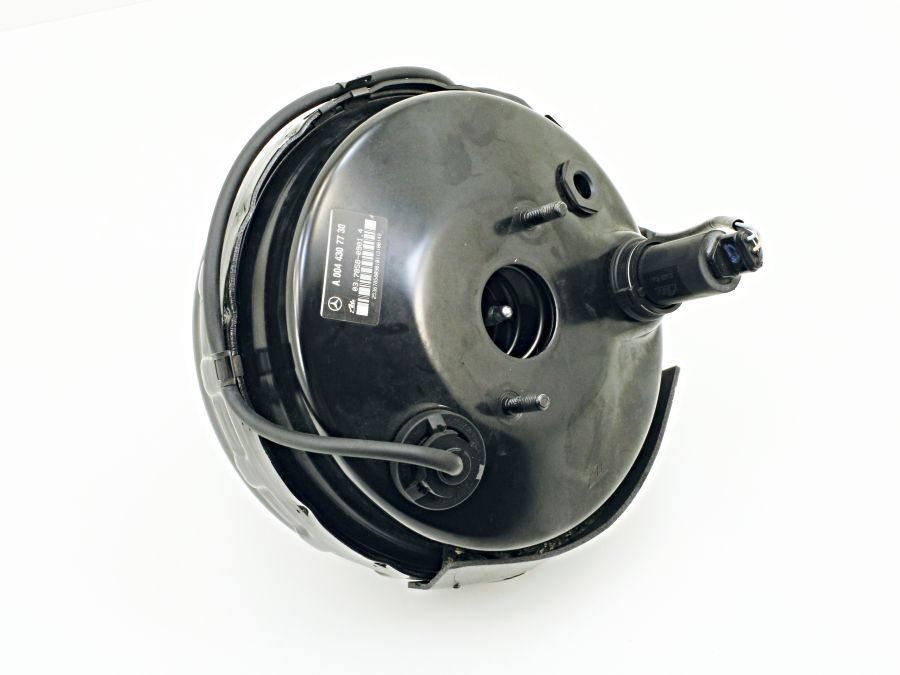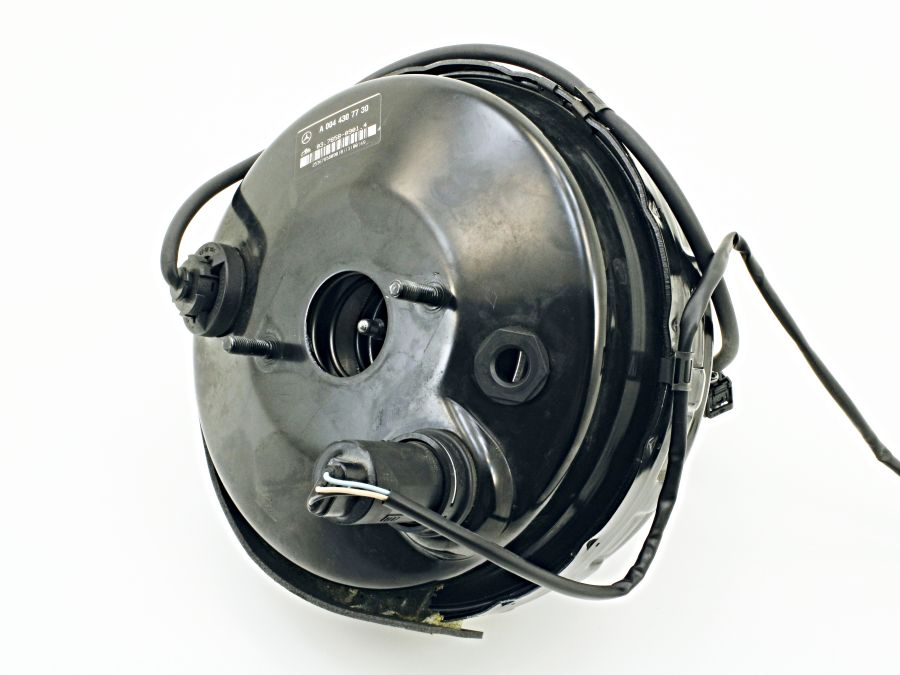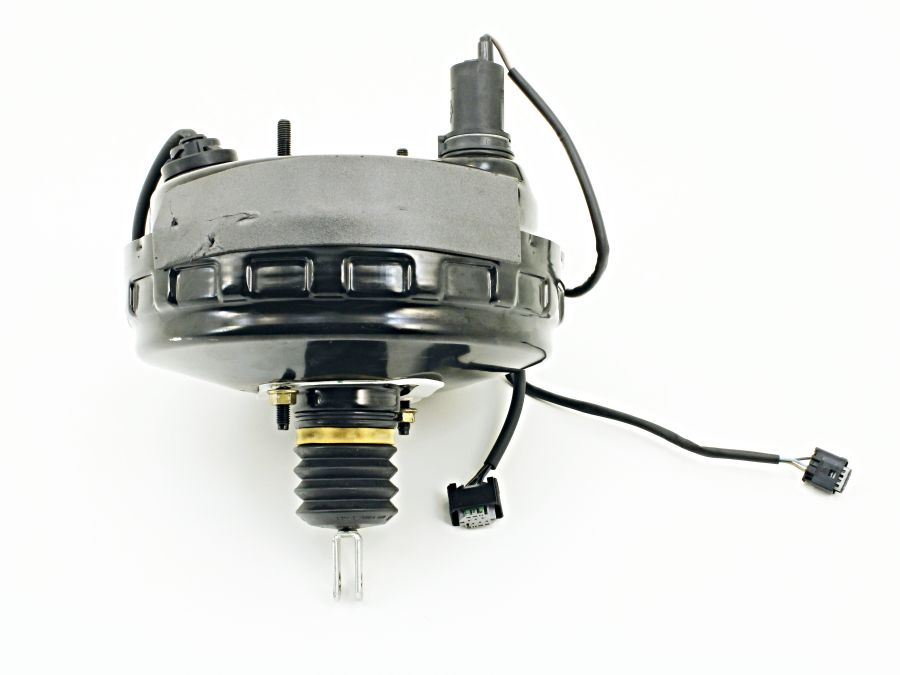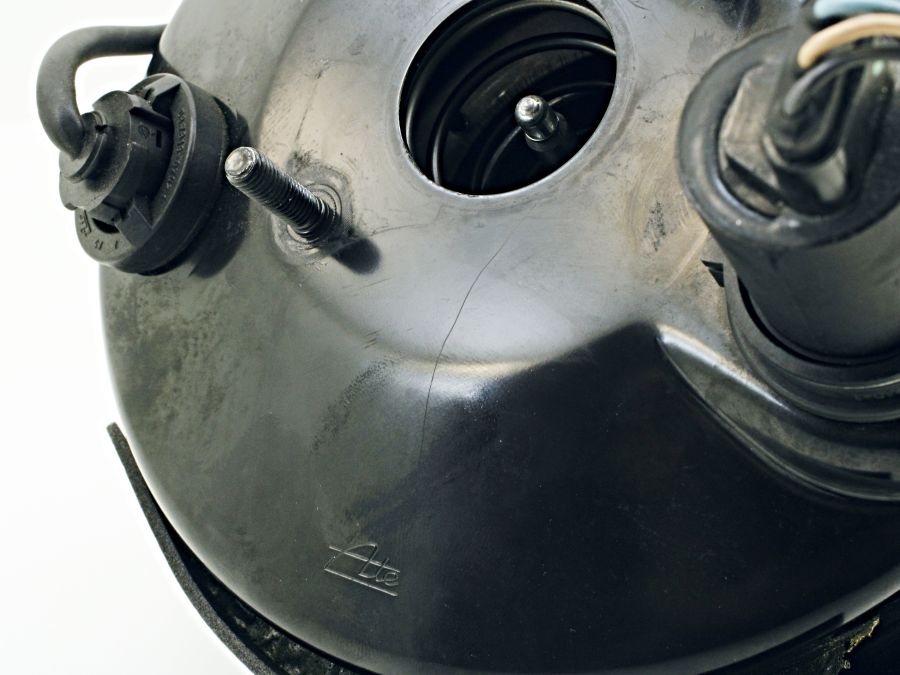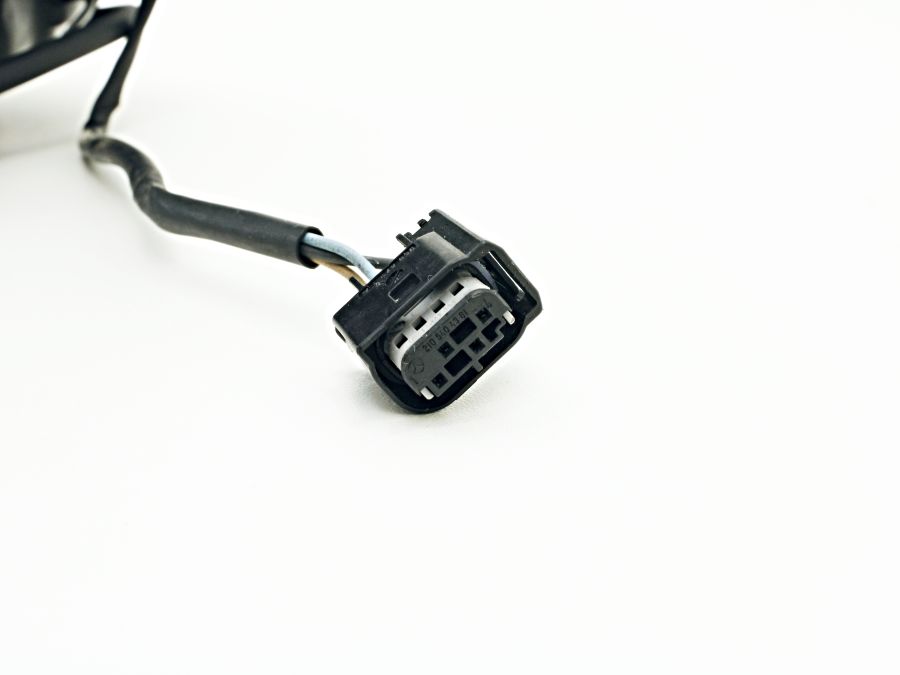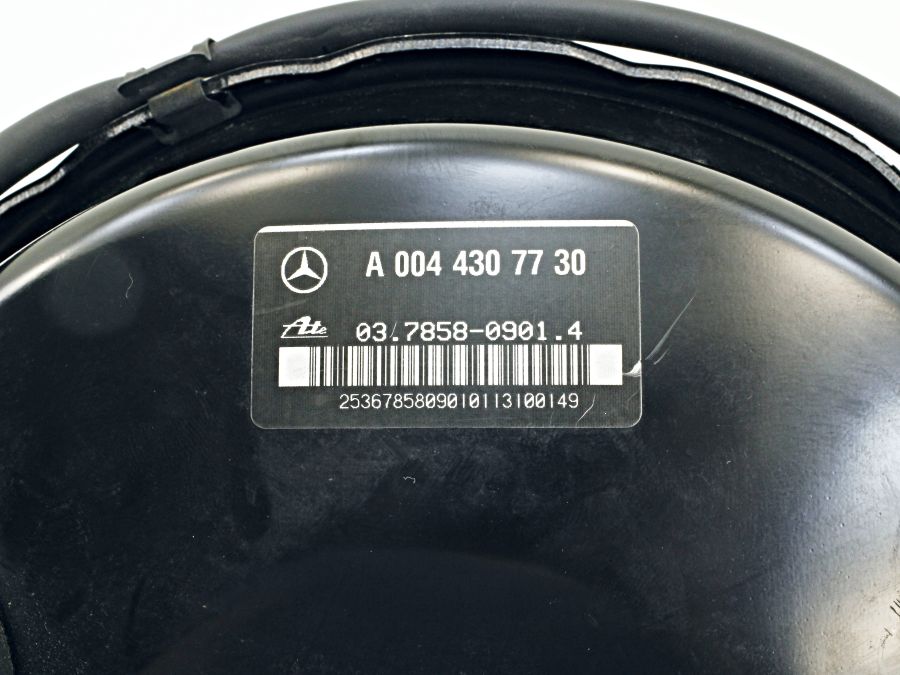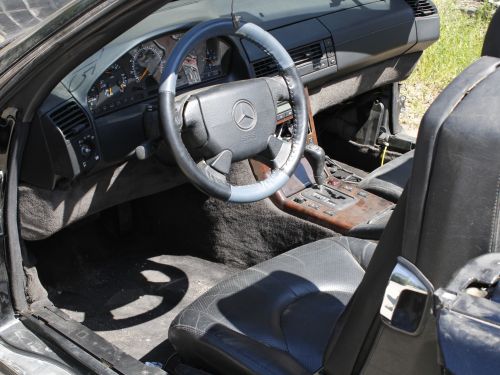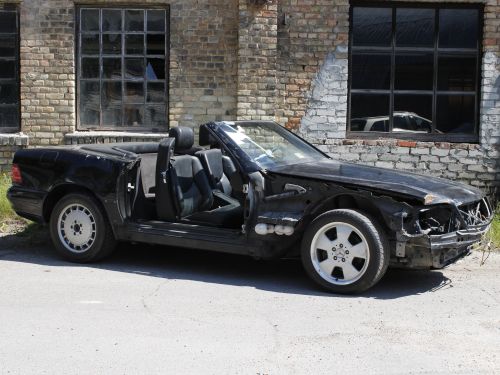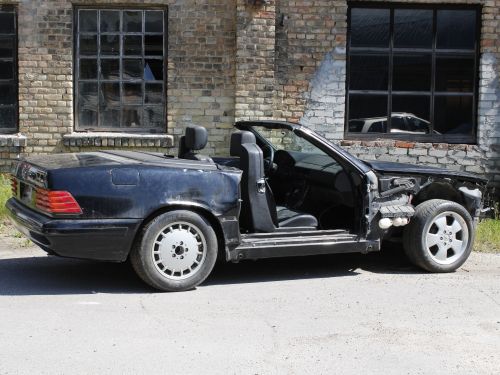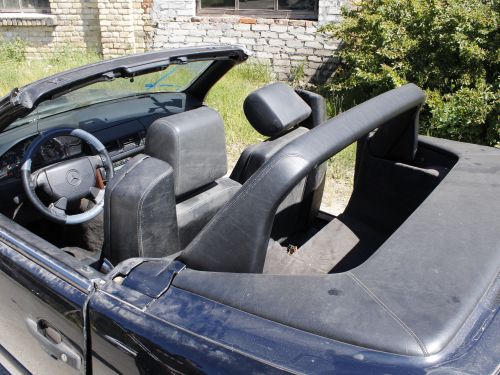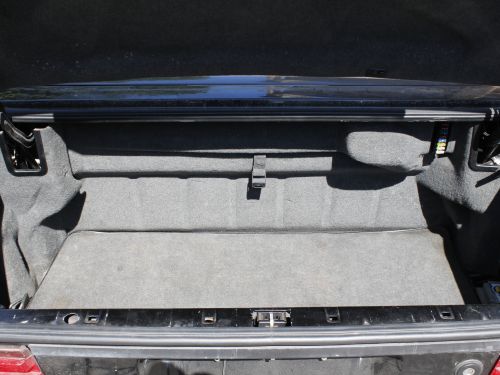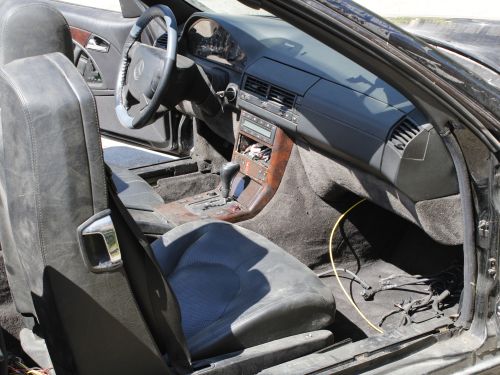0044307730 Brake booster
A0044307730
SOLD To Germany 🇩🇪 🇩🇪 🇩🇪
- Product ID:
- 1202
- Category:
-
Suspension > Brakes
- Part number:
-
0044307730
-
A0044307730
- Condition:
-
Used
- Description:
- In very good condition, looks like it was recently installed a new one. Cosmetic defects, slightly scratched. The connetctors are in good condition. No broken wires.
- Brake booster:
- The brake booster assists in applying braking force to the vehicle's brakes. It is a crucial part of the braking system that enhances braking performance and reduces the effort required by the driver to engage the brakes.
Function: The brake booster is responsible for amplifying the force exerted by the driver on the brake pedal. It uses vacuum pressure generated from the engine to assist in the braking process. When the driver presses the brake pedal, the brake booster multiplies the force, allowing for more effective braking.
Vacuum Operation: The R129 brake booster utilizes a vacuum system to assist with braking. It is connected to the intake manifold of the engine, where it draws vacuum pressure. The vacuum pressure is then stored in the brake booster, ready to assist when the brakes are applied.
Diaphragm and Valve Mechanism: The brake booster consists of a diaphragm and valve mechanism. When the driver presses the brake pedal, it activates the diaphragm, which creates a pressure differential. This pressure differential opens the valve, allowing the stored vacuum pressure to enter the brake booster chamber.
Assistance to Braking: As the vacuum pressure enters the brake booster chamber, it applies force to a pushrod connected to the brake master cylinder. This force amplifies the driver's input on the brake pedal, resulting in increased braking power. The brake booster ensures that the brakes engage with less effort from the driver, making braking more efficient and responsive.
Safety Features: The brake booster plays a vital role in the safety of the vehicle. It helps provide consistent and reliable braking force, contributing to shorter braking distances and improved control during emergency braking situations.

